Api Status Codes HTTP response status codes indicate whether a specific HTTP request has been successfully completed Responses are grouped in five classes The status codes listed below are defined by RFC 9110 Note If you receive a response that is not listed here it is a non standard response possibly custom to the server s software
HTTP status codes are three digit codes that indicate the outcome of an API request They are included in the API s response to the API client and they include important information that helps the client know how to proceed In this article we will learn about commonly used HTTP status codes in RESTful APIs Learn about RESTful APIs at JavaGuides For every HTTP request the server returns a status code indicating the processing status of the request Understanding these status codes will help us design better RESTful web services
Api Status Codes

Api Status Codes
https://i.ytimg.com/vi/QqTZNu-Qy3Y/maxresdefault.jpg

HTTP Status Codes REST API Tutorial List Of HTTP Status Codes
https://i.ytimg.com/vi/X_JKfb1cHPQ/maxresdefault.jpg

API HTTP Status Codes Common Error Codes API Error Codes HTTP
https://i.ytimg.com/vi/LUa_9P8nUFU/maxresdefault.jpg
This post contains the full list of HTTP status codes with a short description of the most common response codes When we do API testing usually the first thing that we check on the response from an API call is the status code An API status code is a three digit number sent from the server in response to a request made to an API These codes are a standard part of the HTTP protocol and are used to indicate whether the request was successful encountered an error or requires further action
Understanding when to use these status codes is essential for API developers as it helps improve the user experience troubleshoot issues and maintain the integrity of the web ecosystem HTTP Status Codes A maintained JSON collection of HTTP status codes JSON File codes json Code Search code
More picture related to Api Status Codes
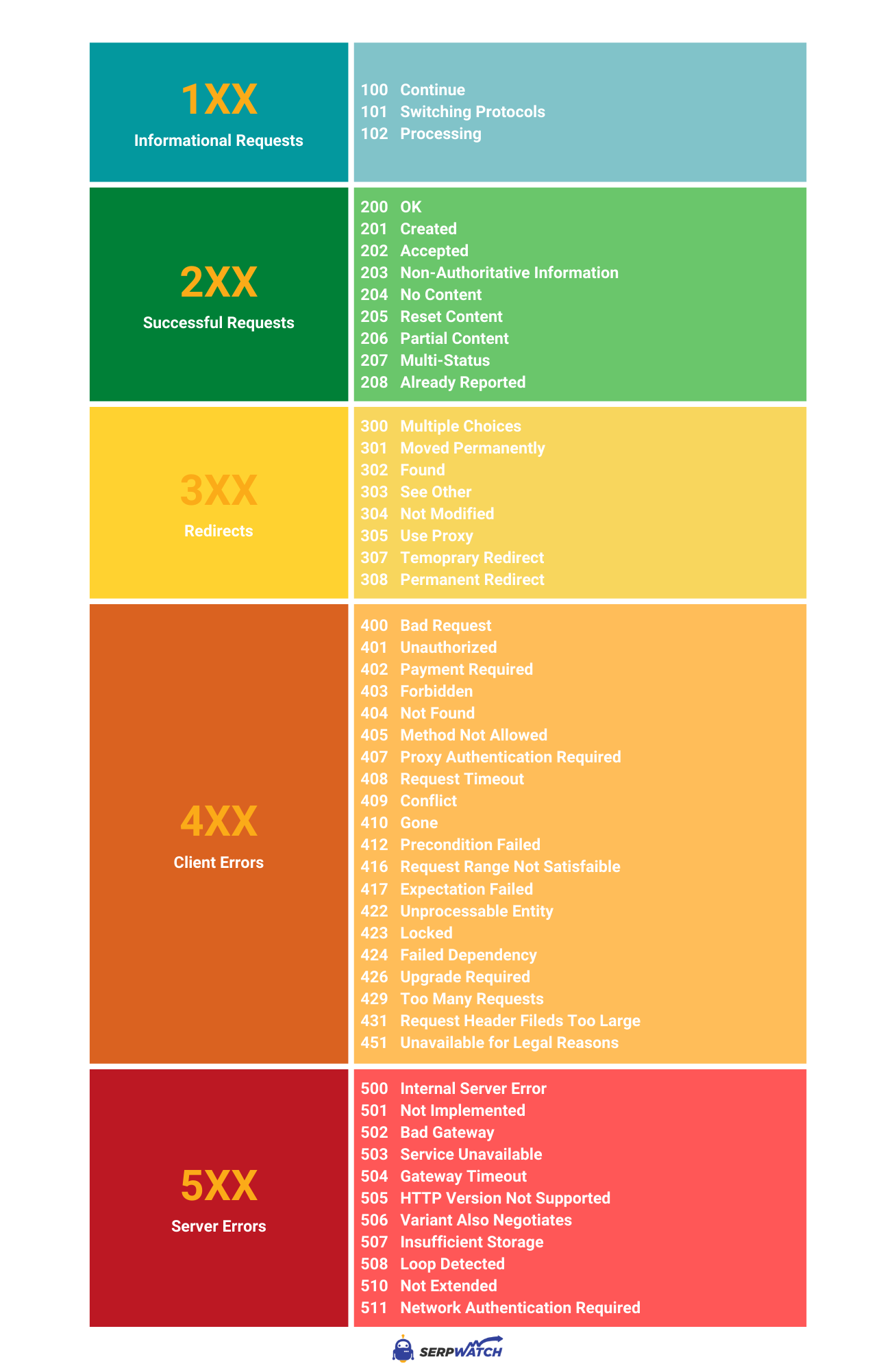
HTTP Status Codes Cheat Sheet 2023 Crash Course PDF 46 OFF
https://serpwatch.io/wp-content/uploads/2022/02/HTTP-Status-Codes-Cheat-Sheet.png

HTTP Status Code SecuDemy
http://secudemy.com/wp-content/uploads/2014/07/10551662_803720072991831_8674542262345995994_o.png

HTTP Status Codes REST API Tutorial 55 OFF
https://www.infidigit.com/wp-content/uploads/2019/12/20191227_012601_0000.png
API status codes are standard HTTP response codes that provide information about the outcome of an API request In this article we ll explore the different types of API status codes and what they mean for developers HTTP status codes are divided into five categories Informational successful redirects client errors and server errors
[desc-10] [desc-11]
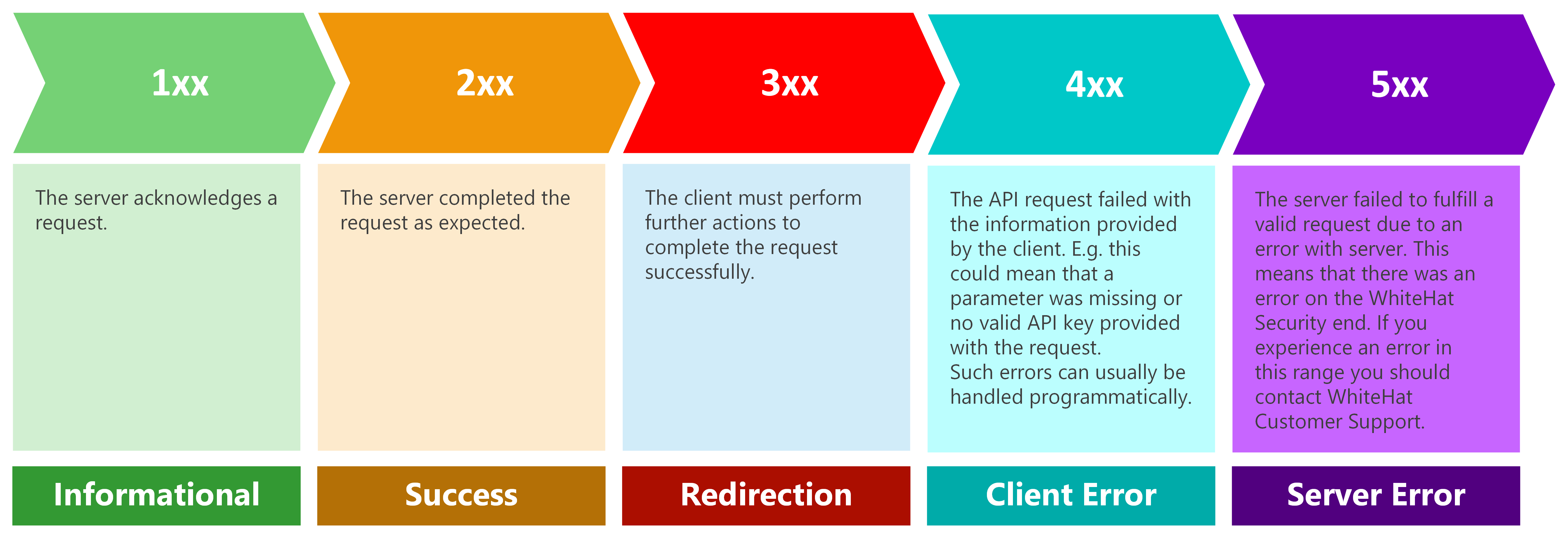
API Response Codes
https://files.readme.io/02ff8d1-Error_Codes.png

Rest API Response Codes CodenBox AutomationLab
https://codenboxautomationlab.com/wp-content/uploads/2022/01/apiResponse.jpeg

https://developer.mozilla.org › en-US › docs › Web › HTTP › Status
HTTP response status codes indicate whether a specific HTTP request has been successfully completed Responses are grouped in five classes The status codes listed below are defined by RFC 9110 Note If you receive a response that is not listed here it is a non standard response possibly custom to the server s software

https://blog.postman.com › what-are-http-status-codes
HTTP status codes are three digit codes that indicate the outcome of an API request They are included in the API s response to the API client and they include important information that helps the client know how to proceed

REST API Response Codes Hello Salesforce

API Response Codes
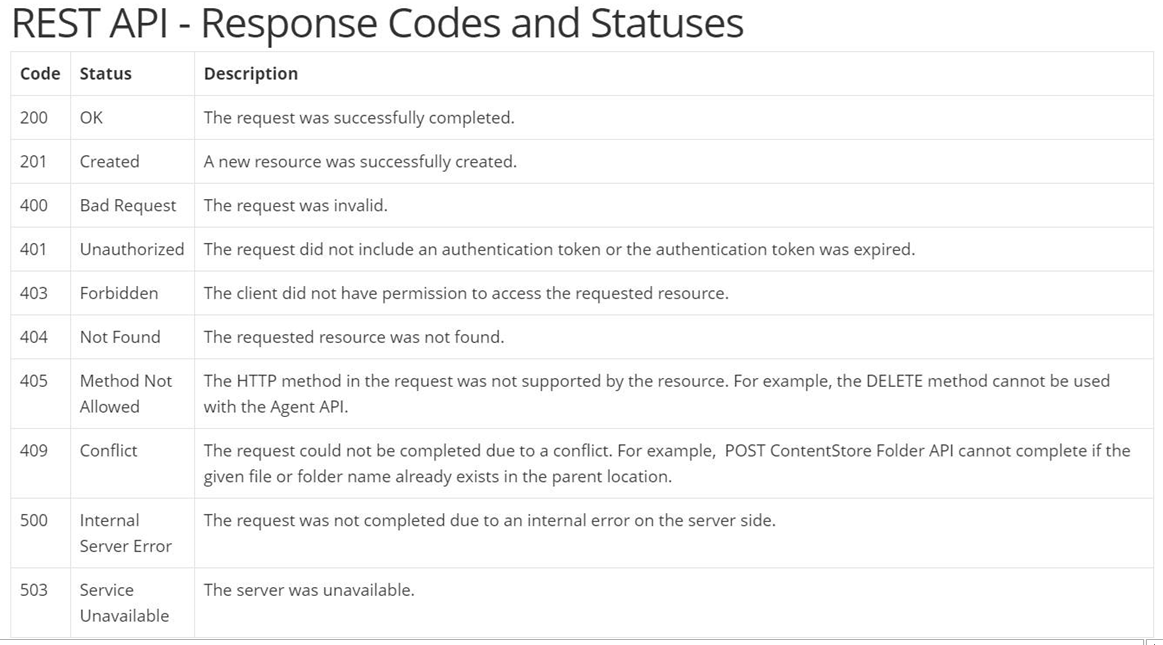
Questions For Scrum Master Interview Oba Panji

SQL Cheat Sheet

API Testing With Postman How To Test API HTTP Status Codes Codemify
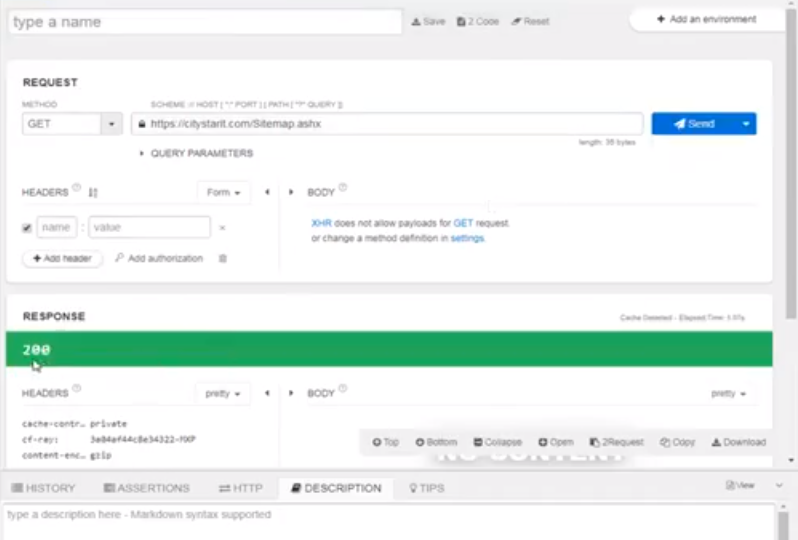
HTTP Status Codes REST API Testing

HTTP Status Codes REST API Testing
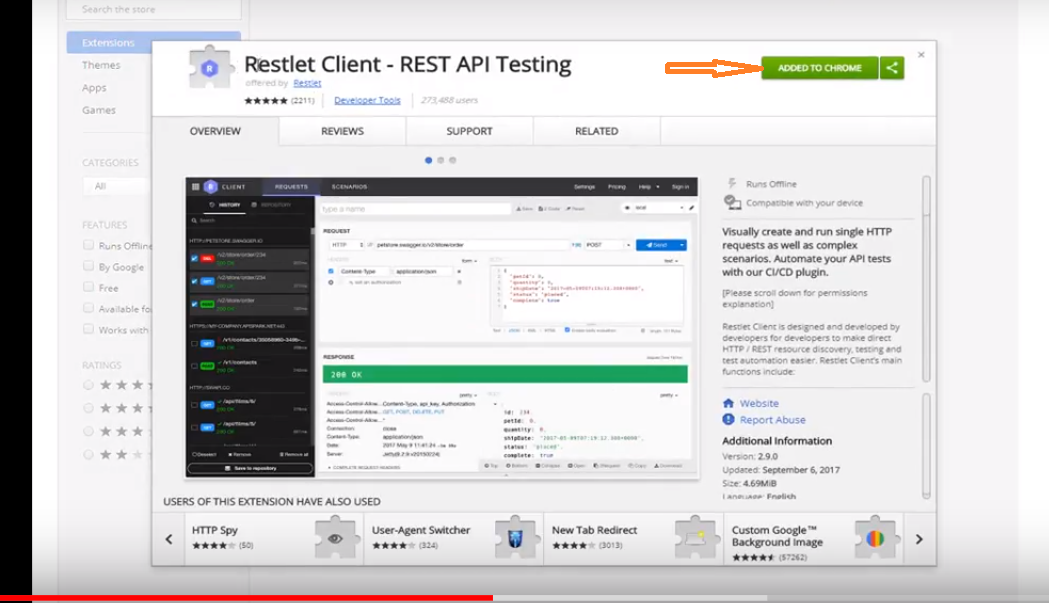
HTTP Status Codes REST API Testing
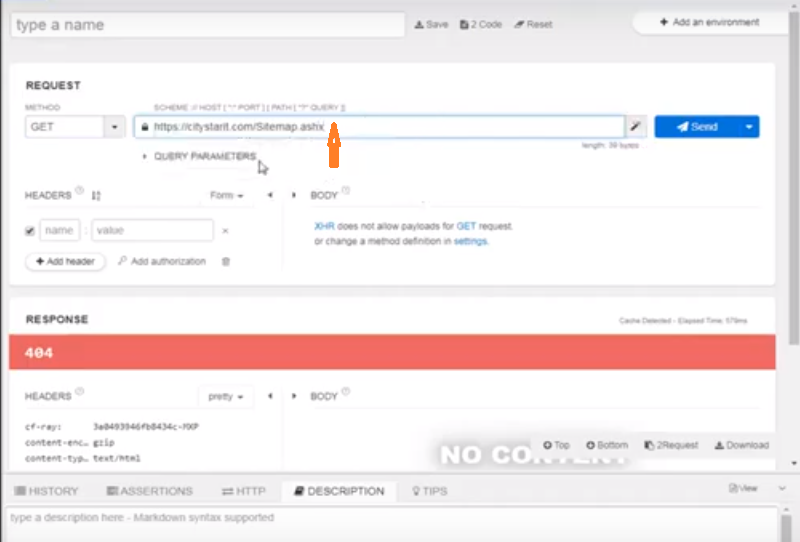
HTTP Status Codes REST API Testing
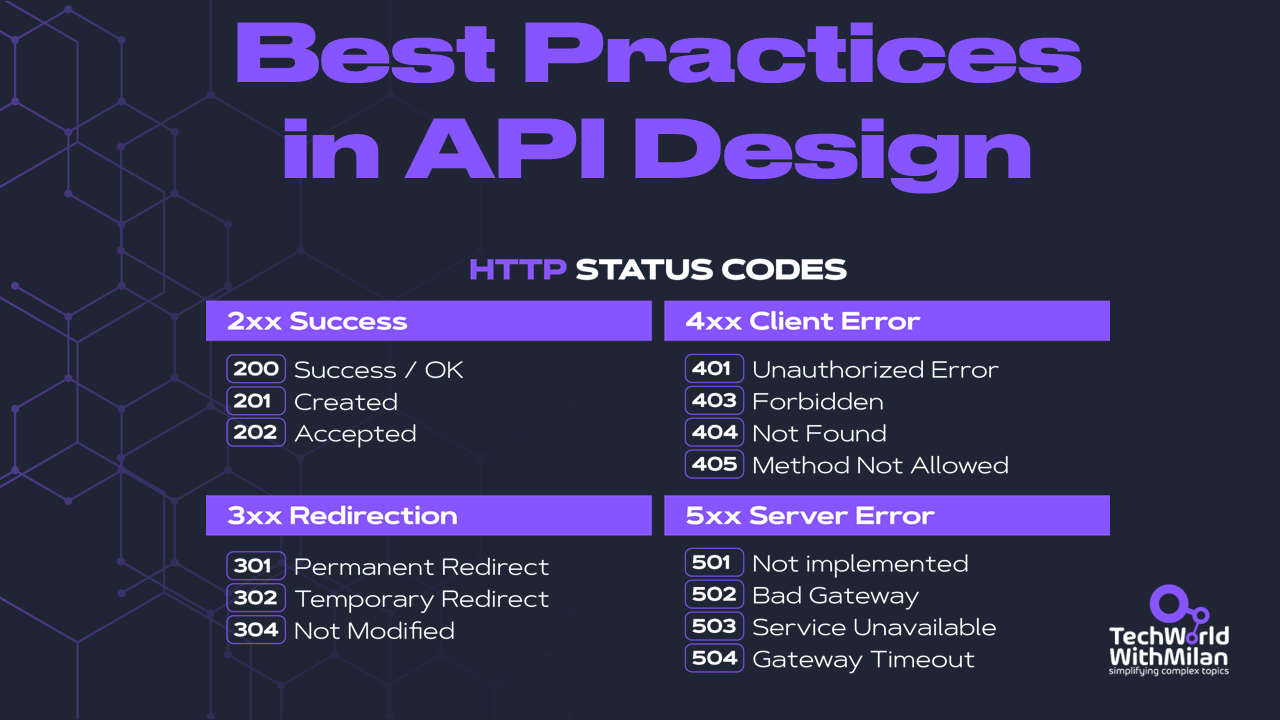
REST API Design Best Practices By Dr Milan Milanovi
Api Status Codes - Understanding when to use these status codes is essential for API developers as it helps improve the user experience troubleshoot issues and maintain the integrity of the web ecosystem